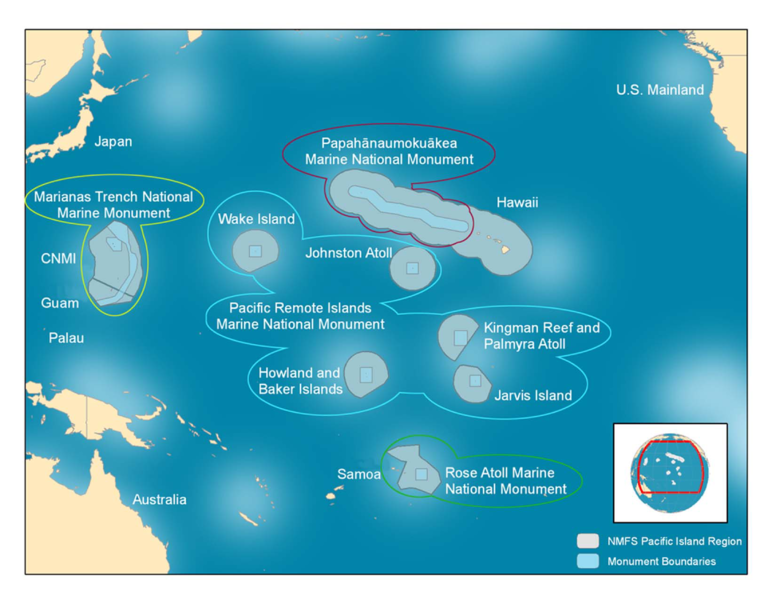What if Australia (or metro Britain) occupies German Micronesia in WWI? How are interwar US & Japane
Jul 21, 2023 13:00:13 GMT
What if Australia (or metro Britain) occupies German Micronesia in WWI? How are interwar US & Japane
Discussion
|
|||
|
|||
|
|||
|
|||
|
|||
|
|||
|
|||
|





